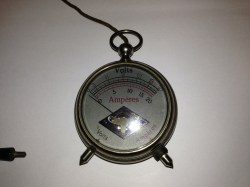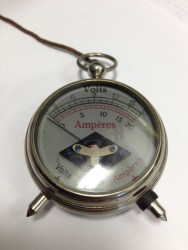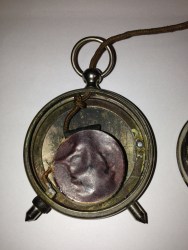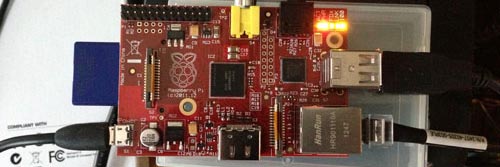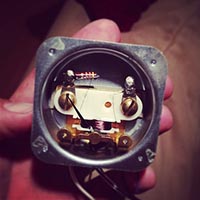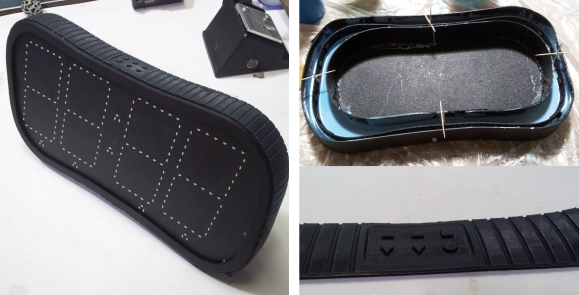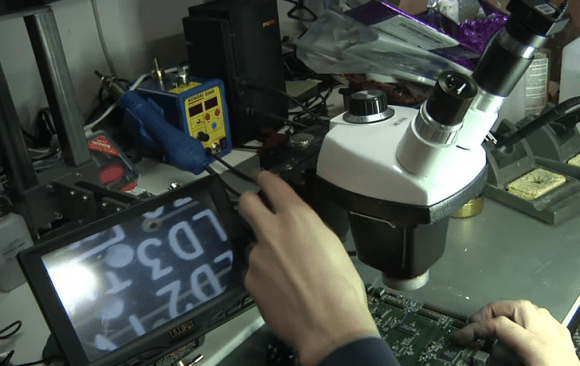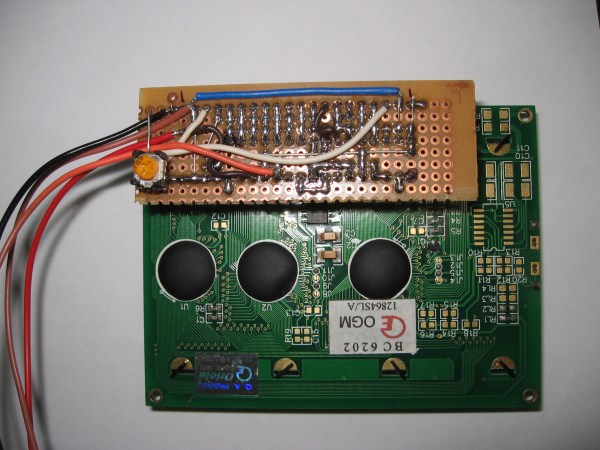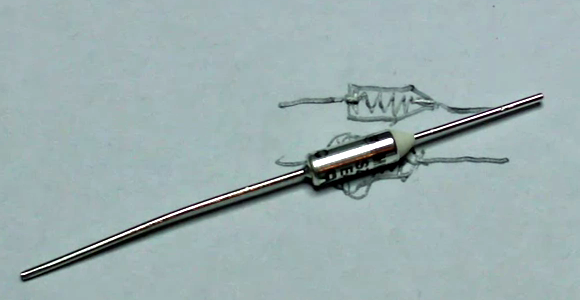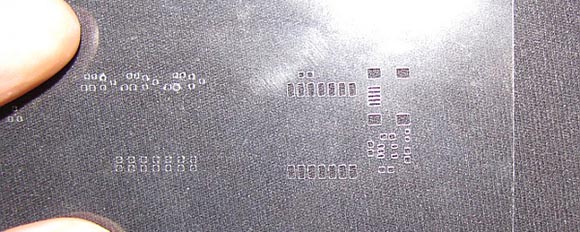[Bunnie], the hardware hacker who first hacked into the original Xbox while at MIT, is releasing his book on the subject for free. The book was originally released in 2003, and delves into both the technical and legal aspects of hacking into the console.
The book is being released along with an open letter from [Bunnie]. He discusses the issues he faced with MIT legal and copyright law when working on the project, and explains that the book is being released to honor [Aaron Swartz]. [Swartz] committed suicide in January following aggressive prosecution by the US government.
The book is a great read on practical applications of hardware hacking. It starts off with simple hacks: installing a blue LED, building a USB adapter for the device’s controller ports, and replacing the power supply. The rest of the book goes over how the security on the device was compromised, and the legal implications of pulling off the hack.
[Bunnie]’s open letter is worth a read, it explains the legal bullying that hackers deal with from a first hand prospective. The book itself is a fantastic primer on hardware hacking, and with this release anyone who hasn’t read it should grab the free PDF.




